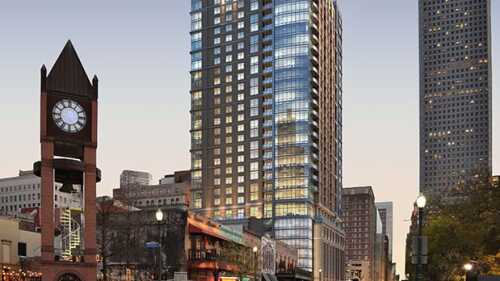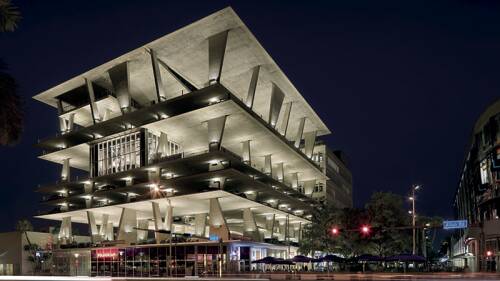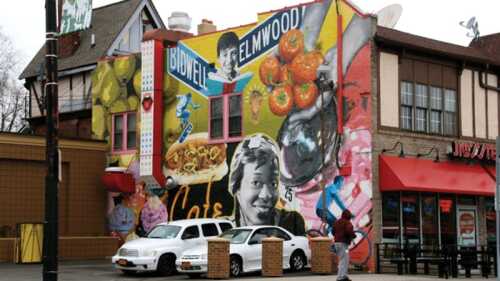Mixed-Use
A crumbling industrial site on the fringe of Brooklyn’s real estate boom is becoming a magnet for innovative businesses. Industry City has drawn Fortune 500 companies, technology startups, a professional sports training facility, an ice cream maker, and visual artists to a complex of 15 giant, century-old factory buildings on the Brooklyn waterfront.
In an opinion piece for Urban Land Online, ULI Foundation Governor and developer John McNellis argues that mandating mixed use is not the best way to incentivize development.
For mixed-use development to be truly transformative, it needs a story, panelists said at the ULI Asia Pacific Summit, held June 3 in Tokyo.
Creating a thriving mixed-use property is not nearly as simple as putting retail space on the ground floor of a multifamily residential building, even though that is just what many local officials and planners like to dictate, according to a panel of experts at the ULI Spring Meeting in Houston.
Mixed-use projects have the potential to transform urban areas and create long-term value. But as members of a panel at the 2015 ULI Spring Meeting in Houston explained, it is a lot trickier than it might seem to create a successful synergy of uses.
The successful development of the Arena District in Columbus, Ohio, set into motion a nationwide flurry of development of urban sports-oriented entertainment districts, as municipal officials across the country reimagined their city centers as places where people live, work, and play.
As the only major U.S. city without formal zoning, Houston has a reputation as a freewheeling place where anything goes. But in truth, a complex patchwork of public and private regulation has evolved to impose order.
Better described now as a mixed-use building than a garage, 1111 Lincoln Road provides a gateway to the Lincoln Road pedestrian mall conceived by Morris Lapidus, the influential 1950s Miami Beach architect.
Neighborhoods with small-scale historic buildings can be economic and cultural powerhouses when given a chance to survive and evolve.
No one wants an unsafe, uninviting street. So why has this been so difficult to change? And in places where people have successfully initiated change, what are they doing differently?








